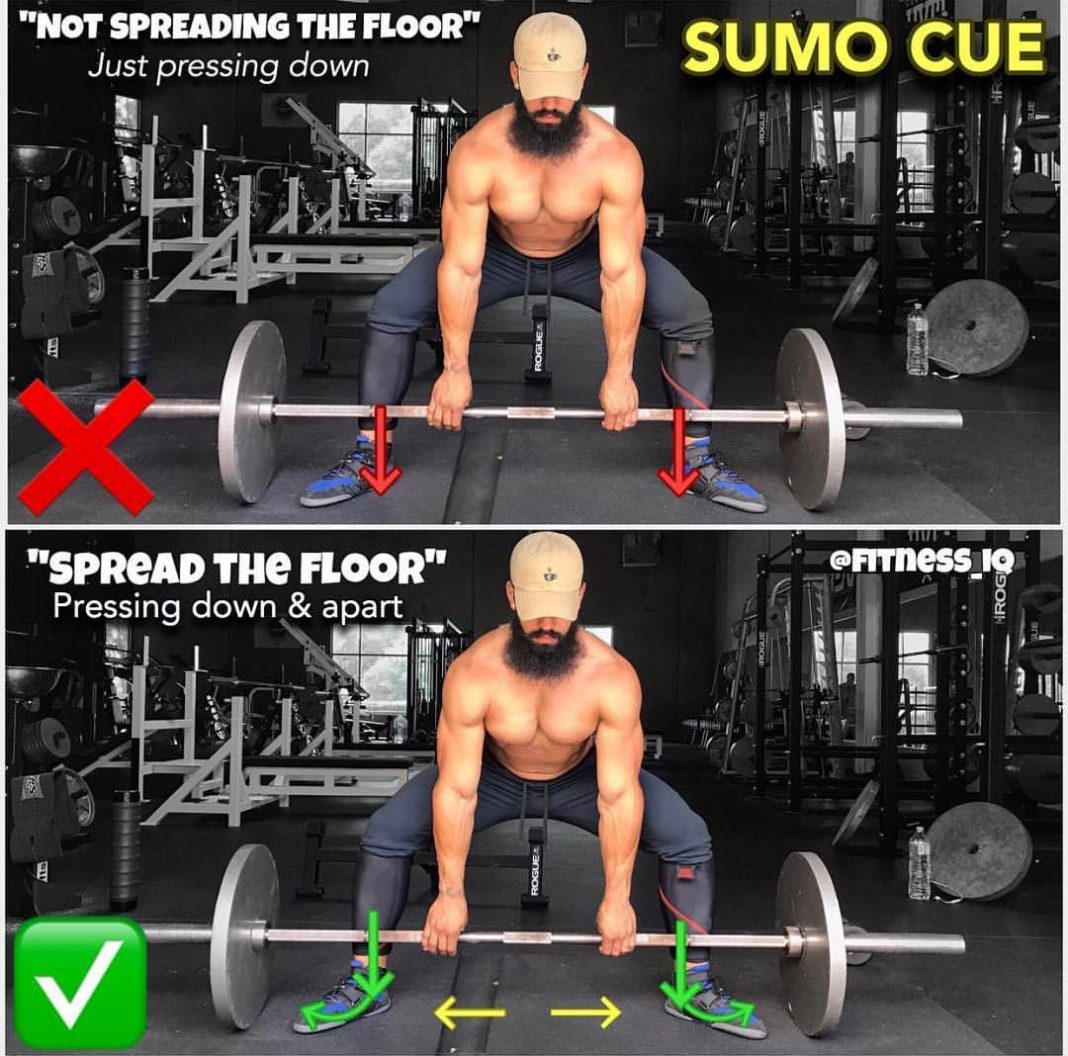

You're looking for a more accessible lift with a shorter range of motion You want to increase your leg and hip strength, So, conventional or sumo deadlift, which is best for you? Muscle recruitment: The conventional deadlift recruits more hamstrings and lower back muscles. Targeted muscle groups: The conventional deadlift targets the glutes, hamstrings, and lower back more than the sumo deadlift. Range of motion: The conventional deadlift has a more extended range of motion than the sumo deadlift, making it more challenging. Position: Your feet are placed shoulder-width apart with your hands outside your legs. This position allows you to keep your torso more horizontal, which increases the range of motion and makes the lift harder. It's also easier on the lower back since it doesn't require as much range of motion.Ĭonventional deadlifting involves placing your feet hip-width apart and gripping the barbell with your hands placed outside your legs. Muscle recruitment: The sumo deadlift recruits more muscles in the quads and glutes, making it an excellent exercise for building inner-thigh strength.īody Mechanics: The sumo deadlift is a great exercise for those with long limbs and a short torso. Targeted muscle groups: The sumo deadlift targets the quads, glutes, and hamstrings more than the traditional deadlift. Range of motion: The sumo deadlift has a shorter range of motion than the conventional deadlift, making it more manageable. Position: Your feet are placed wide apart with your hands inside your legs. This position allows you to keep your torso more upright, which decreases the range of motion and makes the lift easier. The sumo deadlifting involves placing your feet wider than shoulder-width apart and gripping the barbell with your hands placed inside your legs. The main difference between the two is the position of your feet and hands. Want to keep that new bar looking and feeling new? Use StrongBar barbell lubricant and rust protectant on it!įor $379 you won't find a better bar for deadifting than ours.īelow is review of our Conventional deadlift bar, the same bar except for different knurling configuration.What's the difference between the sumo deadlift vs. USA customers, please visit our US site, So we designed a bar with knurling in the middle, where the hands will be, and no knurling where it slides on the legs. Yet 99.9 of the bars you see sumo lifters using are made for conventional deadlifting, and they wind up gripping the bar on the smooth part, and least partly, while the knurling rubs on their legs during the pull. Sumo deadlifting is taking over Powerlifting. Knurling where you need it, not where you don't. When we designed our DL bars we told the manufacturer we wanted the best of both worlds, large points, sharply tipped.

Knurling tend to come in two varieties, small, fine points, with sharp tips, or large points with flat tips, (sometimes a bit concave, "volcano" shaped. The long shaft also contributes to the progressive pull that the DL bar is known for. The longer sleeves allow for more weight to be put on, especially necessary if you are using gym plates, that tend to be wider than competition plates. Particularly important if you use the double overhand "hook" grip. This thinness contributes to the flexibility, and also lets you get more of your hands and fingers around the bar. Most power bars are 29 or 30 mm, a StrongArm deadlift bar is 27 mm. Most lifters that use a deadlift bar will tell you that they can pull 40 or 50 lbs more with a deadlift bar compared to a standard power bar. The result of this is a smoother, more progressive acceleration of the weight, allowing you to lift more actual weight. With a more flexible bar though, the centre of the bar will rise a few inches before the weights start to lift, and when they do the plates that are on the inside will lift first, moving towards the outer edge. Deadlifting on a regular bar means pulling from a "dead" start, in other words, from zero to 100% of the weight all at once. More flexible than a regular power bar. If you are really serious about your lifting, and moving some serious weight, like deadlifts of 600 lbs, 700 lbs, 800 lbs, or even more, a deadlift bar may be perfect for you. What is a "Deadlift" bar and why would you need one?


 0 kommentar(er)
0 kommentar(er)
